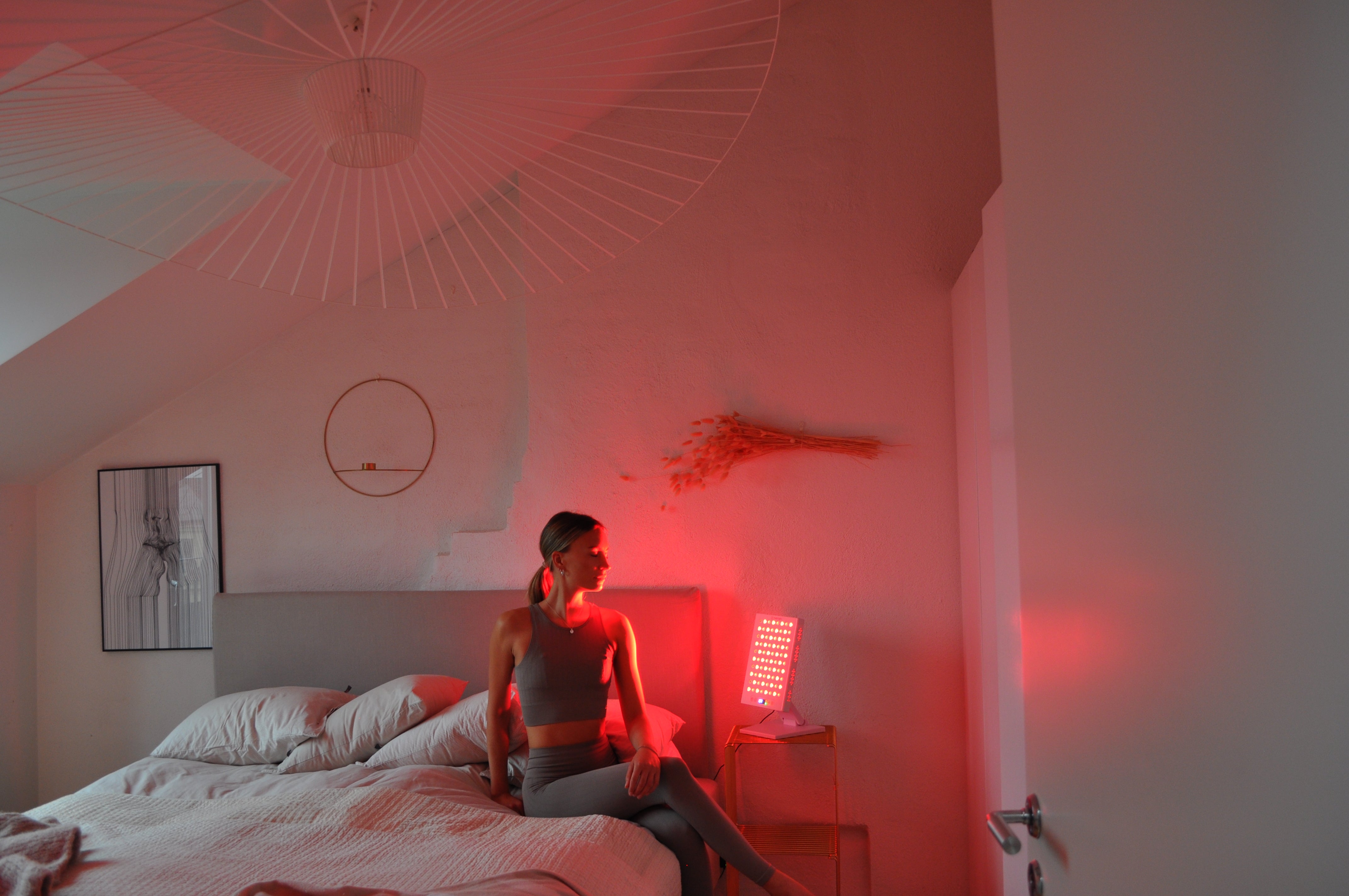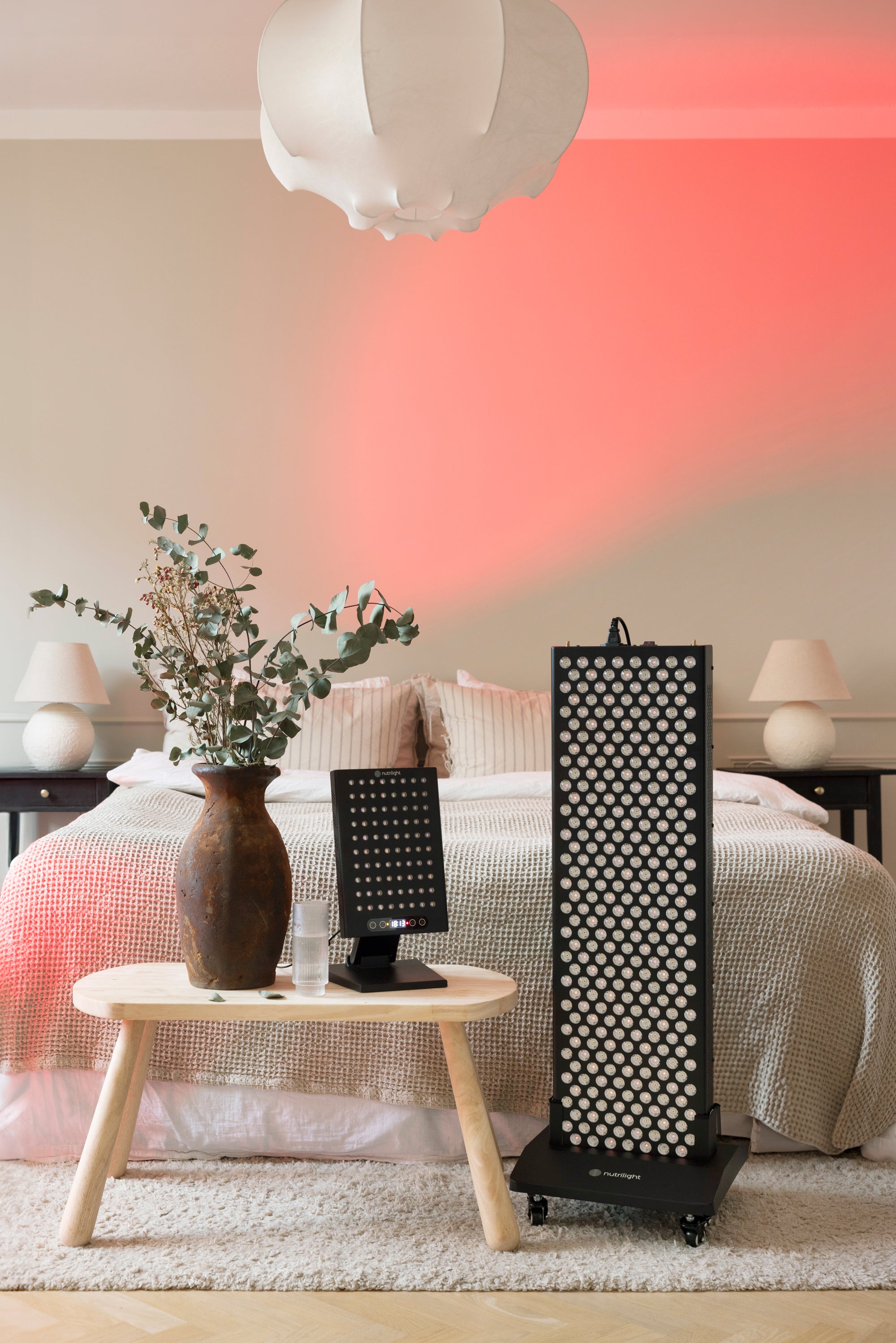Can you treat autoimmune diseases with light?
Autoimmune diseases, i.e. diseases where the body attacks itself, are a scourge for those affected. Depending on which part of the body is affected, the symptoms will be different. If the joints are affected, it can result in rheumatism, if the intestine is affected, it can manifest as ulcerative colitis or Crohn's disease. If it is the pancreas that is attacked, it leads to diabetes type I. Therefore, it is of the utmost importance to minimize the risk of being affected. If you have been affected, it is of great value to minimize symptoms and impact on health, as the disease often leads to sequelae, poorer quality of life and potentially shorter life expectancy. Here, Red Light Therapy gains new ground!
Relatively little is known today about what causes autoimmune diseases. Heredity for developing the diseases exists, but generally there is a weak connection. For many of the diseases, a risk factor has been identified that depends on diet, exercise, stress and other lifestyle factors. Research has also shown that the risk of being affected depends on the latitude where you live. Far north and south the risk increases, while around the equator it is basically non-existent for certain autoimmune diseases.
The risk of suffering from the autoimmune disease MS (Multiple Sclerosis), for example, is many times higher at our latitudes compared to around the equator. The same trend can be seen regarding Crohn's disease, which affects the intestines, and for the sugar metabolism disease diabetes type I. So what does latitude have to do with the matter? One theory is that sunlight increases the formation of vitamin D in the skin. Vitamin D has effects on, among other things, the immune system, and it has long been known that levels are greatly affected by sun exposure. However, modern research has shown that it is not vitamin D that is responsible for the disease-protective effects. Instead, the effects are believed to come directly from the light.
Our bodies are susceptible to light and the effect can be really beneficial if the light frequencies and the amount of radiation are right. In our cells, we have several light-sensitive systems such as cytochrome C-oxidase and light-sensitive calcium channels. If these are stimulated, you get anti-inflammatory effects and the healing of the body is stimulated.
Autoimmune diseases, such as psoriasis, are often treated with light therapies, and wellness trips with lots of sun have long been used as part of treatment. The problem with daylight is that too large amounts of the energy-rich ultraviolet rays can damage our skin, accelerate skin aging and also the risk of skin cancer. However, Swedish research has shown that even if the risk of skin cancer increases slightly for those who sunbathe the most, mortality actually decreases. You can say that if you want to survive malignant melanoma, it is good to have a lot of sun exposure (1). Furthermore, not all light frequencies are equal in penetrating the skin to activate the light-sensitive systems. This is because a lot of light is absorbed by the skin pigment melanin, but also by proteins in the tissues that absorb a lot.
Here, modern studies show that the very most effective frequencies lie within the red and infrared light spectrum because these are not absorbed to such a high degree by the above-mentioned substances. Another important upside to these frequencies is that they do not damage the skin or increase the risk of skin cancer and are likely responsible for the sun's healing and anti-inflammatory properties. RLT has also been shown to strengthen and optimize the immune system, which is perhaps the strongest argument for treating people with autoimmune diseases after all. After all, it is the immune system that began to function incorrectly and caused the disease from the very beginning.
Is it the case that light therapy can reduce the risk of developing autoimmune diseases? We don't know that for sure today, but there is a lot of evidence and more and more research is being published on the subject. There are undeniably interesting findings linking light exposure to the risk of developing such diseases, and RLT also seems to be able to alleviate the problems with regular treatment. If you want to try this form of therapy, there are red and infrared lights to use yourself at home. This type of light is also not associated with any side effects and is therefore well suited for self-care.
Pelle G Lindqvist, Elisabeth Epstein, Mona Landin-Olsson. Sun Exposure – Hazards and Benefits. Anticancer Research April 2022, 42 (4), 1671-1677.
Author: Martin Brunnberg






Share:
Redljusterpi and anxiety
Red light therapy for increased cognition